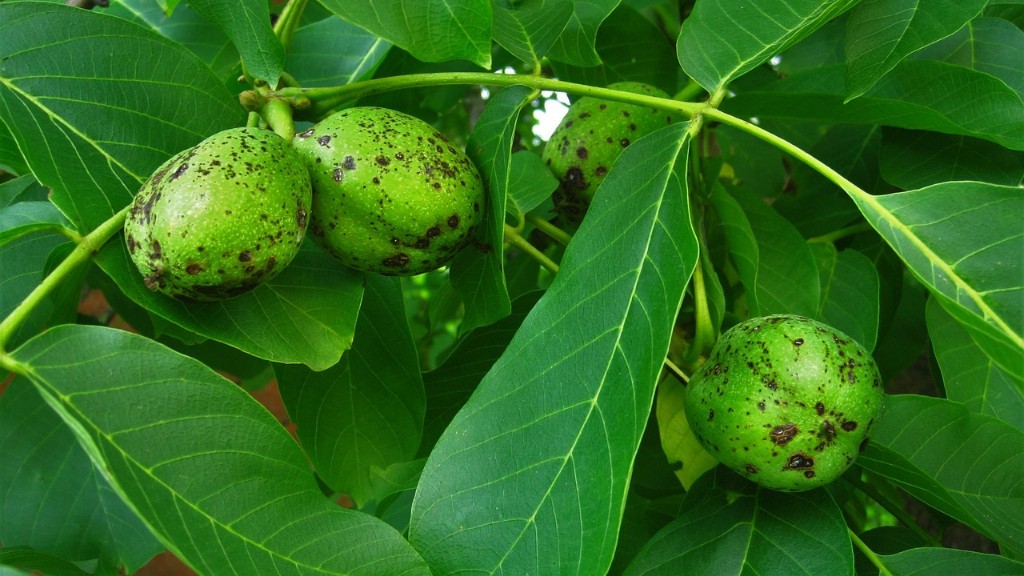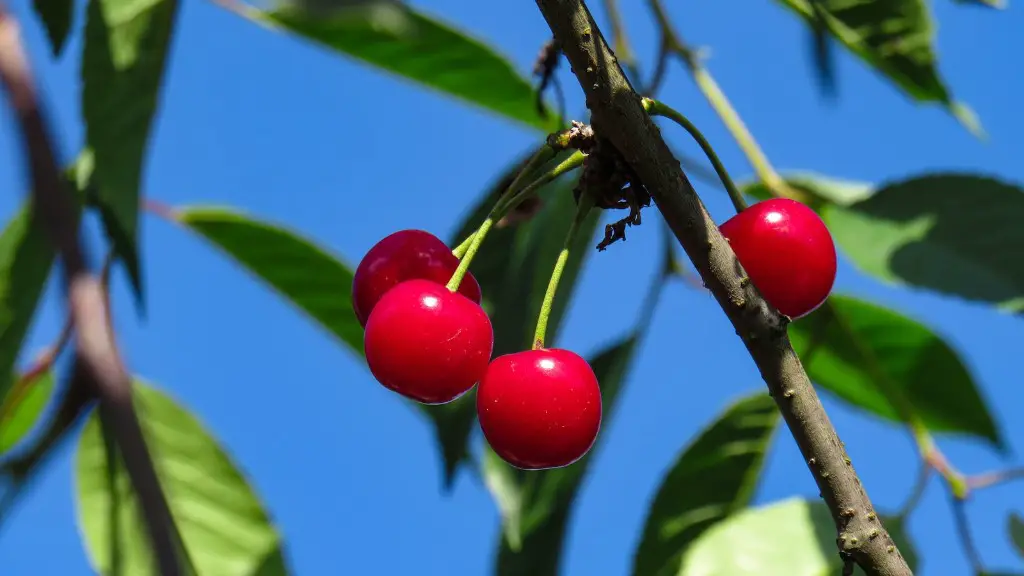Design Influences
When selecting the location for a palm tree, there are several design considerations which should be taken into account. Firstly, the desired appearance of the tree should be assessed as different varieties of palms possess distinct shapes. For instance, fan palms have spread out leaves while pinnate palms possess leaves which are more vertical in nature. This helps to create unique visual impact in a garden’s landscape.
Furthermore, the size of the palm’s potential root system should be considered. Depending on the variety, a mature palm can possess roots which can reach great depths and extend far and wide. For example, the Canary Island date palm’s can reach depths of up to 10ft (3 metres). Therefore, care should be taken when selecting an area to plant a palm, so that the plant won’t cause undue damage to nearby walls and foundations.
Additionally, it should be taken into account that palm trees require a lot of sunlight for optimum growth and can become stressed in areas with too much shade for too long. Depending on the species, some palms are more suited to warmer climate conditions than others, so it is worth researching the desired type before planting.
Ground Preparation
After the desired location has been established, the ground needs to be prepared accordingly. Dr. T.J. Walters, Horticulture Specialist at the University of Florida comments, ‘Prior to planting it is essential to remove all weeds, rocks, and any other debris which may impede the root development of the palm. Additionally, it is recommended to deeply loosen the soil. This provides it with aeration, which assists the palm’s roots to spread more broadly and reach more sources of nutrition’
Insights from landscaping professionals affirm that a broad planting hole is optimum for healthy growth. The hole should be around two to three times the width of the root ball and just as deep. Furthermore, it is worth considering adding amendments such as topsoil and peat into the planting soil for better water drainage and additional nutrients which can assist in positive growth.
Maintenance
Once planted, palms need vigorous maintenance to ensure proper growth. Palms are a drought-tolerant species and therefore only have to be watered during periods of particularly hot or dry weather. When it comes to the frequency of the watering, an average of once a week is enough to soak the roots sufficiently.
Additional treatments, such as, topical nutrient applications, pest prevention and pruning can also improve the health and overall appearance of the tree. Architect Jim Taylor advises ‘When it comes to palms health is improved with regular and appropriate treatments. A careful pest and disease-monitoring programme should also be integrated with the overall tree health plan, to avoid any emergence of new issues. ’
Soil Quality
The quality of the soil is a hugely important factor when it comes to planting a palm tree. The soil should be well-drained and contain not just a sufficient mineral content, but also organic matter. Such organic matter essentially acts as food for the tree and therefore helps accelerate the growth of the roots and other vital organs.
Dr. Walters states, ‘Roots are the lifeblood of the tree, hence it is essential to ensure quality nutrients for their development. The quantity and quality of these nutrients are significantly higher in well-prepared soil.’
Hence, by paying attention to the composition and structure of the soil, the lifespan and health of the tree can be largely improved.
Protection Measures
Palm trees are sensitive to cold and can be adversely affected by even light winds. Therefore, during colder months or days, they should be kept away from extreme temperatures or harsh winds that can dehydrate the fronds. Suitable protection measures include covering the tree with cloth or bubble wrap insulation, kept in place with ropes and stakes.
In some cases, if the cold is especially intense, a heat lamp pointed towards the tree’s leaves may be necessary for very young or small-sized palms. Furthermore, in areas where heavy snowfall is frequent, it is important to keep the fronds away from this as the weight can severe them from the rest of the tree.
Following the Right Practices
It is important to take into consideration the overall environment of the planting site. Palms tend to thrive in well-lit and Pacific-facing locations. Where possible, choosing such places can boost the chances of survival and accelerate the growth of the tree.
In addition, it is beneficial to seek advice from landscaping professionals who are knowledgeable about the correct practices for planting palms in specific areas. They are able to advise on the most suitable varieties for the climate and provide guidance on the best design approaches which help protect its roots from extreme weather.
Transportation and Delivery
Palm trees which are being transported from a distant location may be in need of a secure position and soil composition. It is important to ensure that these measures are taken before the arrival of the tree. This is to ensure that the plants are not shaken about in the journey and should be stabilized once delivered.
Furthermore, plants obtained from nurseries require special transportation too. This can involve placing the tree in a plastic bag to prevent too much shock and to retain any moisture that may be present within the leaves.
Transplanting Process
Once the tree has arrived at the desired location, it is time to begin the transplanting process. The experts at University of Florida recommend the following steps:
- Gently remove any soil and debris which may have accumulated on and around the tree;
- Water the root ball thoroughly before removing the pot or container;
- Carefully dig a hole which is around two to three times the width of the root ball, as mentioned before;
- Amend the planting soil with topsoil, compost, peat and/or fertilizer;
- Position the palm in the hole, making sure that the damp roots are immersed in the soil;
- Fill the remaing empty space with the amended soil and press the soil to remove any remaining air pockets;
- Shape the grade around the tree so that water flows away from it and position a single stake if needed;
- Water the tree and the remaining soil.
By following the necessary steps to planting an optimal palm tree, with regards to design, environment, soil, transportation and finally, transplanting, the chance of success increases significantly. Not only do successful palms contribute to an aesthetically pleasing garden, they also provide a welcome shade on hot days.


